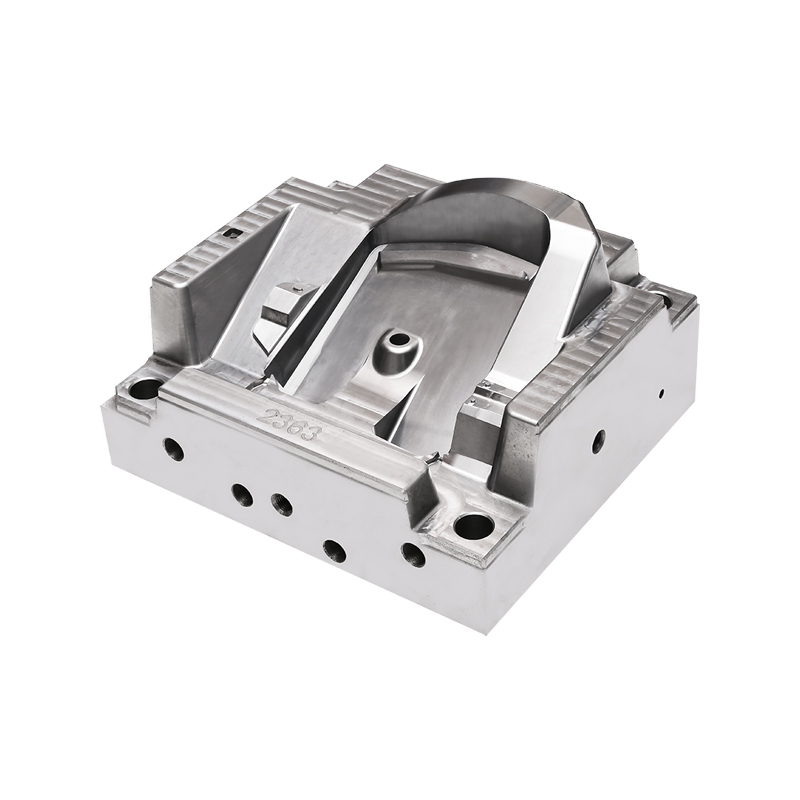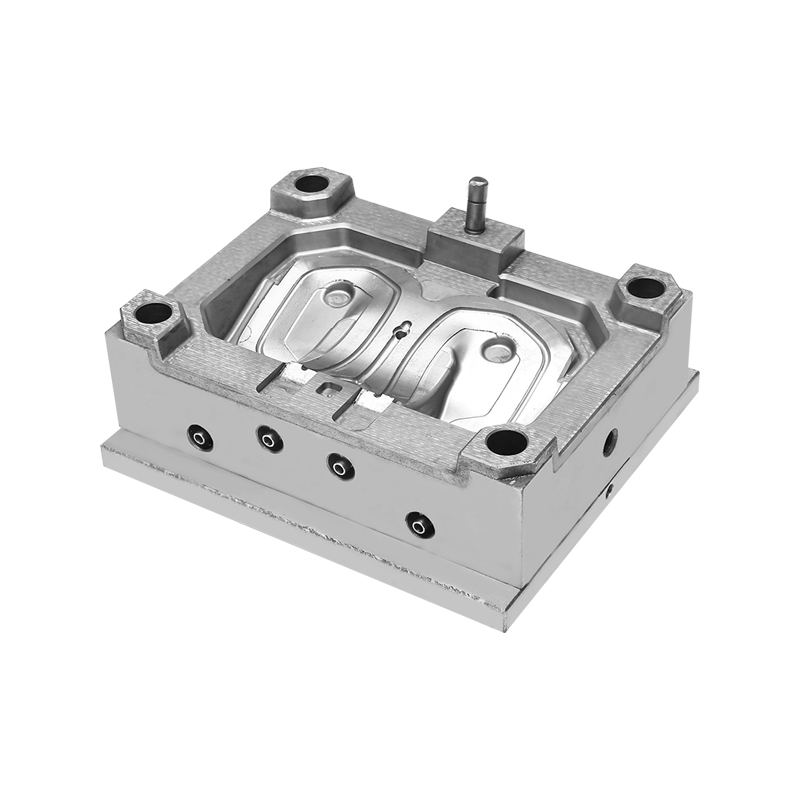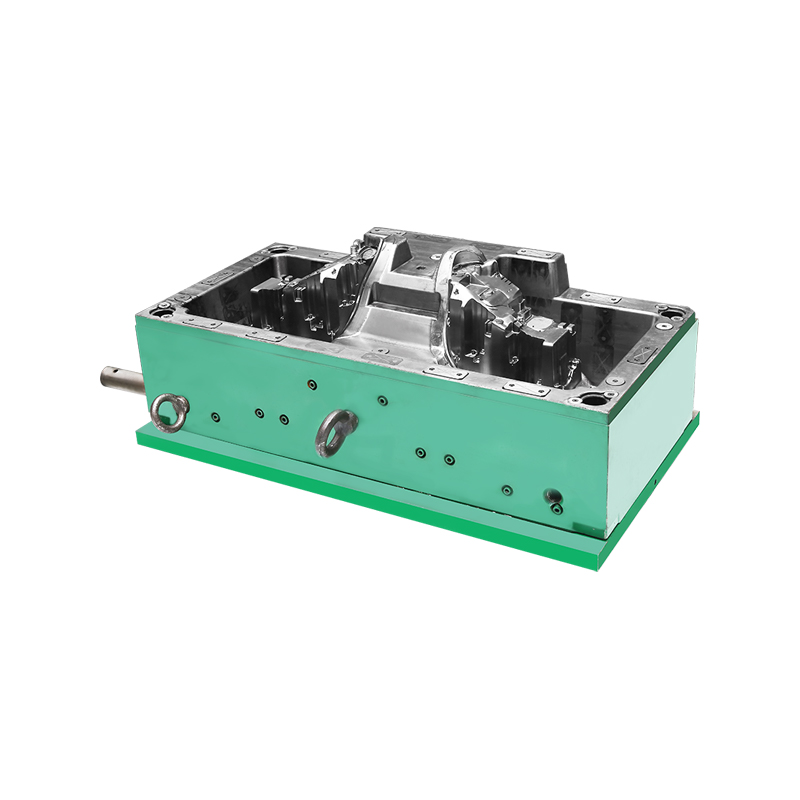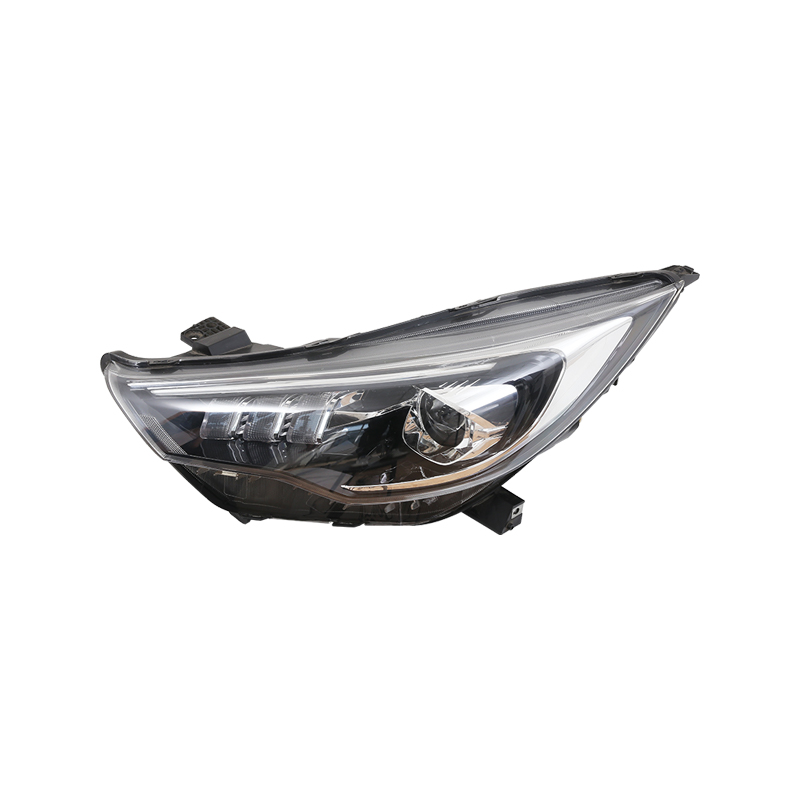A variety of different materials can be used for lamp molds, including:
Aluminum alloy: Aluminum alloy molds are popular for their thermal and electrical conductivity, which can speed up the manufacturing speed and improve the quality of the mold. Aluminum alloy molds also have the characteristics of lightweight and are easy to process, which helps to reduce the cost and time in the mold manufacturing process. However, the hardness of aluminum alloy molds is relatively low, the service life may be short, and it is prone to deformation during the manufacturing process. 1
Steel: Steel (such as high-quality steel) mold has high strength and high hardness, suitable for manufacturing high-demand, high-quality lamp products. The melting point of steel is high, which is suitable for the manufacture of lamp mold under high temperatures. However, the manufacturing cost of steel molds is relatively high, the processing is difficult, and the problems of rust and deformation may be encountered. 23
Resin mold: Resin mold is a relatively new material, which has the characteristics of short manufacturing time, strong wear resistance, high strength, and relatively low price. The resin mold can produce high-precision and high-quality automotive headlights. However, the coefficient of thermal expansion of the resin mold is high, the thermal stability is relatively low, and it is necessary to pay attention to the use of the mold temperature and carry out appropriate maintenance and maintenance.
Other materials: In addition to the above materials, the lamp mold may also use plastic, rubber, copper, and other materials. The molds made of these materials are generally not suitable for the production of large quantities and high specifications of lamp products. 3
The cost of auto tail light mould is influenced by a multitude of factors, each contributing to the overall expense of manufacturing these essential automotive components. Understanding these factors can provide valuable insights for manufacturers and stakeholders in the automotive industry.
One of the primary determinants of the cost of auto tail light mould is the material used in their construction. High-quality steel, such as H13 or P20, is commonly used for these mould due to its durability and resistance to wear and tear. The choice of material not only affects the initial cost but also impacts the mould's lifespan and performance. While premium materials increase the upfront investment, they often result in lower long-term maintenance costs and higher production efficiency.
The complexity of the mould design is another significant factor influencing the cost. Auto tail light mould often require intricate designs to accommodate various aesthetic and functional elements, such as intricate light patterns and precise fitting to the vehicle body. Advanced computer-aided design (CAD) software and precision engineering are necessary to create these complex mould, which can add to the overall cost.
The manufacturing process itself plays a crucial role in determining the cost of auto tail light mould. High-precision machining, including CNC milling and EDM (electrical discharge machining), is typically required to produce mould with the necessary accuracy and quality. Additionally, the mould must undergo rigorous testing and quality control to ensure it meets industry standards. These processes add to the production cost but are essential for achieving reliable and high-quality mould.
The Life of Cheap Car Light Plastic Moulding Mould
The lifespan of cheap car light plastic moulding mould is a crucial consideration for manufacturers looking to balance cost-efficiency with production quality and reliability. Several factors influence the longevity of these mould, which can vary significantly based on material quality, maintenance practices, and production conditions.
The quality of materials used in cheap car light plastic moulding mould directly impacts their lifespan. While budget constraints may manufacturers to opt for lower-cost materials, this decision can affect the mould's durability. Lower-grade steel or aluminum may be more susceptible to wear, corrosion, and deformation under high-stress conditions, bring about a shorter operational life. Investing in slightly higher-grade materials, even within a constrained budget, can enhance mould longevity and reduce long-term costs.
The precision and accuracy of the manufacturing process also play a vital role in determining the life of cheap car light plastic moulding mould. High-precision machining ensures that the mould components fit together seamlessly and operate efficiently. Inaccuracies during the manufacturing process can bring about increased wear and tear, misalignment, and reduced mould life. Ensuring strict quality control during the manufacturing stage can mitigate these risks and extend the mould's operational life.

 English
English 中文简体
中文简体 русский
русский Español
Español








